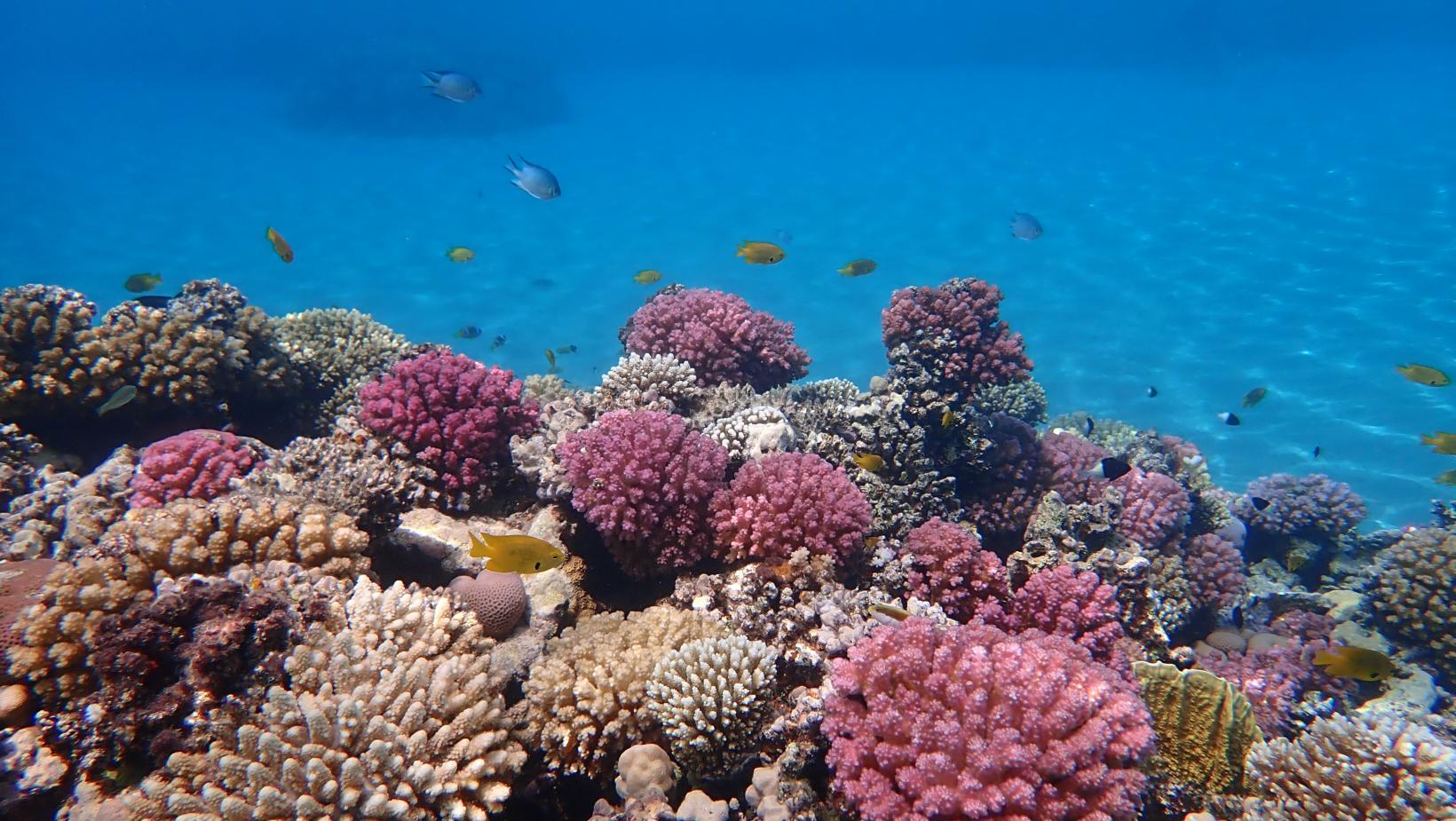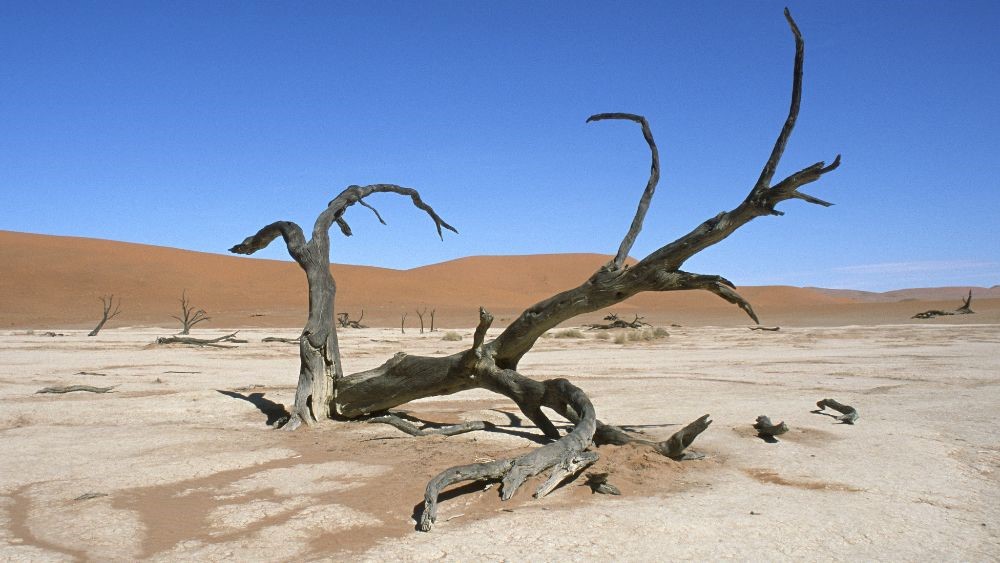Insuring Nature’s Survival

Alongside increased focus on climate change, the discussion has widened to consider nature and biodiversity. It is becoming increasingly apparent that there is both a direct and indirect financial threat from nature degradation and reduced biodiversity. This is still an evolving area, where we expect the COP 15 in Q3 2022 to set the agenda for the next few years.
The G20 Sustainable Finance Roadmap (G20 SFWG, 2021) highlighted the need to integrate nature and biodiversity in future work on sustainable finance. The establishment of the Taskforce on Nature-related Financial Disclosures (TNFD) and the development of sustainability disclosure standards by the International Sustainability Standards Board (ISSB) are important developments in this area. We believe that increased disclosure will increase the focus on natural resources and biodiversity at both a country and corporate level. This in turn will drive the creation of financial products in this space.
The consideration of the role of insurance, where there is one, has tended to be rather extreme. Whilst some people see insurance as a panacea, others ignore it completely. We do not believe either of these is correct.
A recent paper by the World Bank highlights that biodiversity loss will be an increasingly important source of risk and opportunity for the insurance sector. The significant degradation of ecosystems has the potential to materially impact global finance, economies, and societies alike. Understanding the physical and transition risks associated with biodiversity loss and working to mitigate the damage to biodiversity will be a key aspect of meeting the targets set by the Paris Agreement. Insurance companies will be impacted by biodiversity risks in several ways: as underwriters, as investors, and as corporate citizens.
The financial materiality of underestimating or inaccurately pricing biodiversity-related risks could pose a threat to the solvency of the insurance industry and lead to an increase in exclusions of uninsurable risks. Risk management can be enhanced by combining the results of both catastrophe and climate risk models, but more needs to be done to incorporate biodiversity risk.

Photo Credit: Philip Schuler / World Bank
Insurers can play a role as both underwriters and investors to simultaneously to promote investment in biodiversity-positive activities and to help discourage biodiversity-negative activities. The insurance industry can impact the market by the way it allocates capital, both on the investment and the underwriting side. They can discourage biodiversity-negative activities by excluding certain sectors, as many insurers already have with coal for example, and by actively seeking opportunities to deploy to activities that are neutral or biodiversity-positive. Insurance can also be used as part of a range of solutions to mitigate risk and encourage investments that protect or enhance the natural environment.
The insurance industry has become more engaged in this topic recently, with Axa investing in sustainable forestry and Swiss Re and Scor, among others, publishing research on biodiversity risk. However, more needs to be done by policymakers and regulators to incentivize market participation in insurance solutions. While some products are emerging, like the Meso American Reef Product, wild fire catastrophe bonds, etc. it remains to be seen how much demand there is for the products. The insurance industry needs to be more closely involved in developing the taxonomies and reporting requirements for measuring biodiversity.
The challenges in pricing biodiversity risk, which is notably separate from public accounts, should be addressed. The Dasgupta (2021) report highlights the need to address this issue, and there are several frameworks that exist to account for the economic value of natural assets. However, as yet, these have not been linked to the core public accounts of nations.
One of the key conclusions of the paper is that, in order to adequately address biodiversity risk, public and private sectors need to collaborate, and regional risk pools may have a role to play in the development of cost-effective solutions.
While nature-based insurance can encourage investments in adaptation and facilitate access to rapid liquidity, it will not address all risks. Insurance plays a limited but important role by incentivizing adaptation and providing financial protection for when an acute shock to biodiversity happens. Combining ecological action with financial protection makes good economic and financial sense and it is not only necessary but essential to prevent the loss of ecosystems that support our livelihoods and well-being.
Photo Credit: Ralf Schlegel /Unsplash
Financial Resilience Around the World | Blog Series
- Financial Resilience Around the World: Global Risk Financing Facility
- Three Ways Lesotho's Past Experience with Disasters Strengthen COVID-19 Response
- Three Steps to Help Albania Withstand the Financial Impacts of Disasters and Crises
- How the Pandemic Has Highlighted the Need for the Next Generation of Natural Catastrophe Impact Modeling
- How Burkina Faso is Leveraging a Credit Guarantee Scheme to Help SMEs Weather the COVID-19 Economic Crisis
- Using Satellite Data for Climate, Crisis and Disaster Risk Finance
- Learning from COVID-19 and Climate Change: Managing the Financial Risks of Compound Shocks
- Developing Disaster Risk Finance in Morocco: Leveraging Private Markets for Sovereign Risk Transfer
- Rural Resilience: It's Not Only About Insurance
- Leveraging Space Technology for Climate Risk Finance
- Resilient Finance: Closing the Protection Gap Against Disaster Risk
- Piloting the Next Generation Analytics for Climate-Related Financial Resilience of Critical Infrastructure in Southeast Asia
- How Much Did It Cost to Make Budget Cuts for Fighting the COVID-19 Pandemic?
- Managing the Unexpected: Impact of Disasters on Sovereign Asset and Liabilities Management
- Disaster Risk Insurance: Five Insights From the Philippines
- Back to the Future: Climate Change Resilience, Self-Insurance, and Market Insurance
- Sovereign Catastrophe Risk Pools – 15 Years on and Still More to Come
- Disaster Risk Finance in Africa: Lessons Learned From Pioneering Disaster Risk Finance Solutions Over the Past Decade
- Albania: The Case for Strengthening the Financial Resilience of Micro, Small and Medium Enterprises Against Disaster and Pandemic Shocks